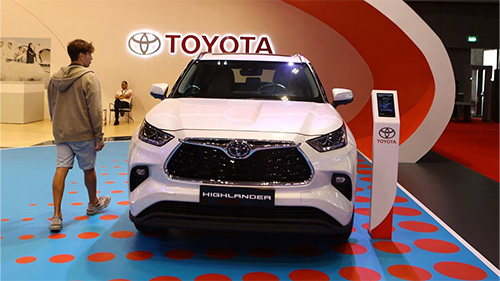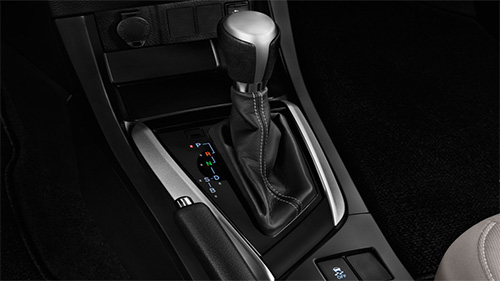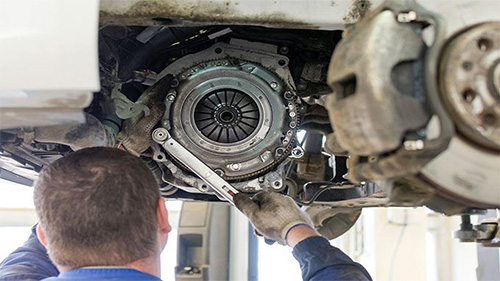Car Habits to Embrace and Ditch After Your Test

Passing your driving test is just the beginning of your journey behind the wheel. Your car becomes an extension of yourself—a chariot of freedom, responsibility, and adventure. Yet, as with any powerful tool, the way you handle it matters. In this essay, we’ll explore the key car-related habits every new driver should keep, those you should drop, and how fine-tuning these behaviors will elevate your driving from adequate to exemplary.
Habits to Keep: Building a Foundation of Safety and Confidence
Defensive Driving Mindset
While enthusiasm can tempt new drivers into aggressive maneuvers, retaining a defensive driving approach—anticipating others’ actions, keeping a safe following distance, and scanning intersections—remains golden. It transforms the road into a cooperative environment rather than a high-speed battleground.
Adaptive Speed Control
Mastering your car’s accelerator and brake pedals is an art. New drivers who learn to modulate speed smoothly, especially when approaching curves or school zones, experience less wear on their brakes and tires, enjoy better fuel economy, and contribute to overall road harmony.
Mindful Navigation
Embrace the use of GPS or map apps, but do so responsibly. Checking your route before you set off—or during a pit stop—prevents last-minute lane changes and sudden braking, both of which can unsettle your car and endanger others.
Habits to Drop: Shedding Risky Behaviors for a Safer Ride
Distracted Driving
Perhaps the most critical habit to eliminate is any interaction with your phone—texting, scrolling social media, or fiddling with music playlists. Every second your eyes leave the road increases the chance of a collision. If it can’t wait, pull over safely.
Overconfidence on Familiar Roads
Driving the same route daily can lull you into complacency—and reckless speeding. Even well-known roads can harbor unexpected hazards: a child chasing a ball, a potholed surface, or a sudden traffic buildup.
Aggressive Acceleration and Braking
Flooring the accelerator or slamming the brakes may feel thrilling, but it places immense stress on your drivetrain, brakes, and tires. Smoother inputs not only preserve your car’s components but also yield a more comfortable ride for everyone.
Neglecting Ergonomics
Slouching in the driver’s seat or sitting too close to the steering wheel might seem trivial, but poor posture can lead to fatigue on longer drives and restrict your ability to steer or react swiftly. Adjust your seat and mirrors before every journey.
Cultivating the right behaviors turns the daily commute from a checklist task into a confident, controlled experience. Celebrate your progress: log each week you go phone-free behind the wheel, maintain an honest driving journal to track areas for improvement, and treat your car to professional servicing at recommended intervals.
By consciously embracing the practices that enhance your vehicle’s performance and abandoning the ones that undermine safety, you’ll not only protect yourself and others on the road but also unlock the full joy of driving.
Recommended for you:







